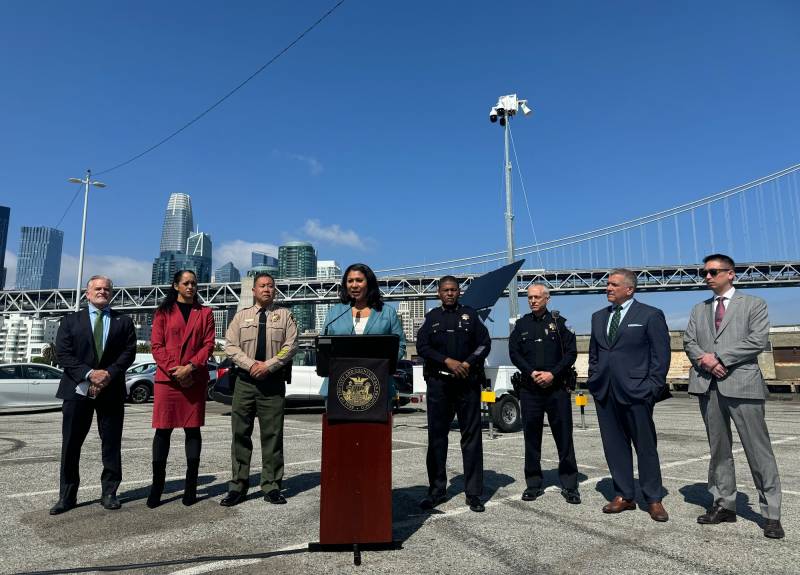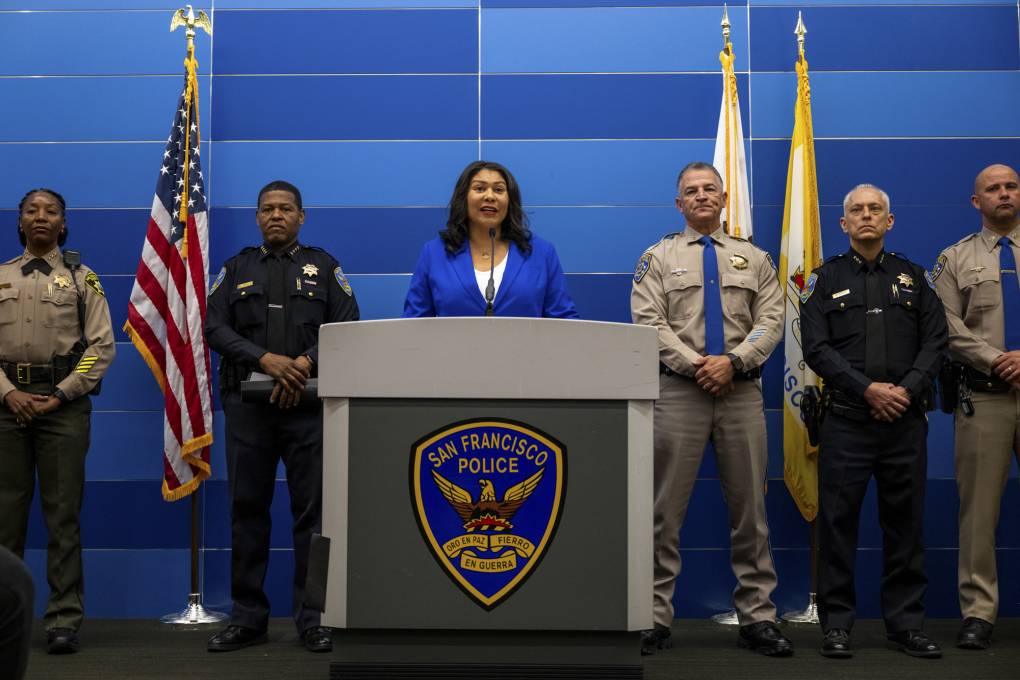“Subjecting some of the most vulnerable populations in San Francisco to this dragnet surveillance is a ‘kitchen sink’ approach to public safety that capitalizes on residents’ fear of crime,” Matthew Guariglia, senior policy analyst at the Electronic Frontier Foundation, said in a statement. “The city must be clear about how it plans to use these technologies and the protections it will give residents.”
Nicole Ozer, technology and civil liberties director for the ACLU of Northern California, echoed Guariglia’s sentiments, calling for the city to “stop rolling out expensive and invasive surveillance gadgets and instead get serious about improving the services that actually get people healthy and housed.”
Police and city officials said they believe the surveillance units and other technology will help to suppress crime rates and support the work of patrol officers.
“This is yet another piece of technology, another tool for our officers that we can use in the spirit of having our officers identify crime when it happens — sometimes before it happens — so we can go out and be proactive,” Scott said.
LiveView Technologies will supply the units. The company’s Chief Revenue Officer Mark Cranny gave a live demonstration of how the units work, emphasizing their cloud-based capacity for 24/7 recording, live streaming, and use of artificial intelligence to monitor and report suspicious activity.
Cranny added that law enforcement would be readily able to access the cameras in real-time and retrieve “evidence of a crime or incident that’s been committed during or after it’s taken place.” Operators can also talk remotely through the units’ speakers, which could be used to deescalate a situation before police are dispatched, Cranny said.
Scott invited feedback from residents and others about the plan.
“Please get in touch with us. We want to do this right, and we want to make this right,” he said.


